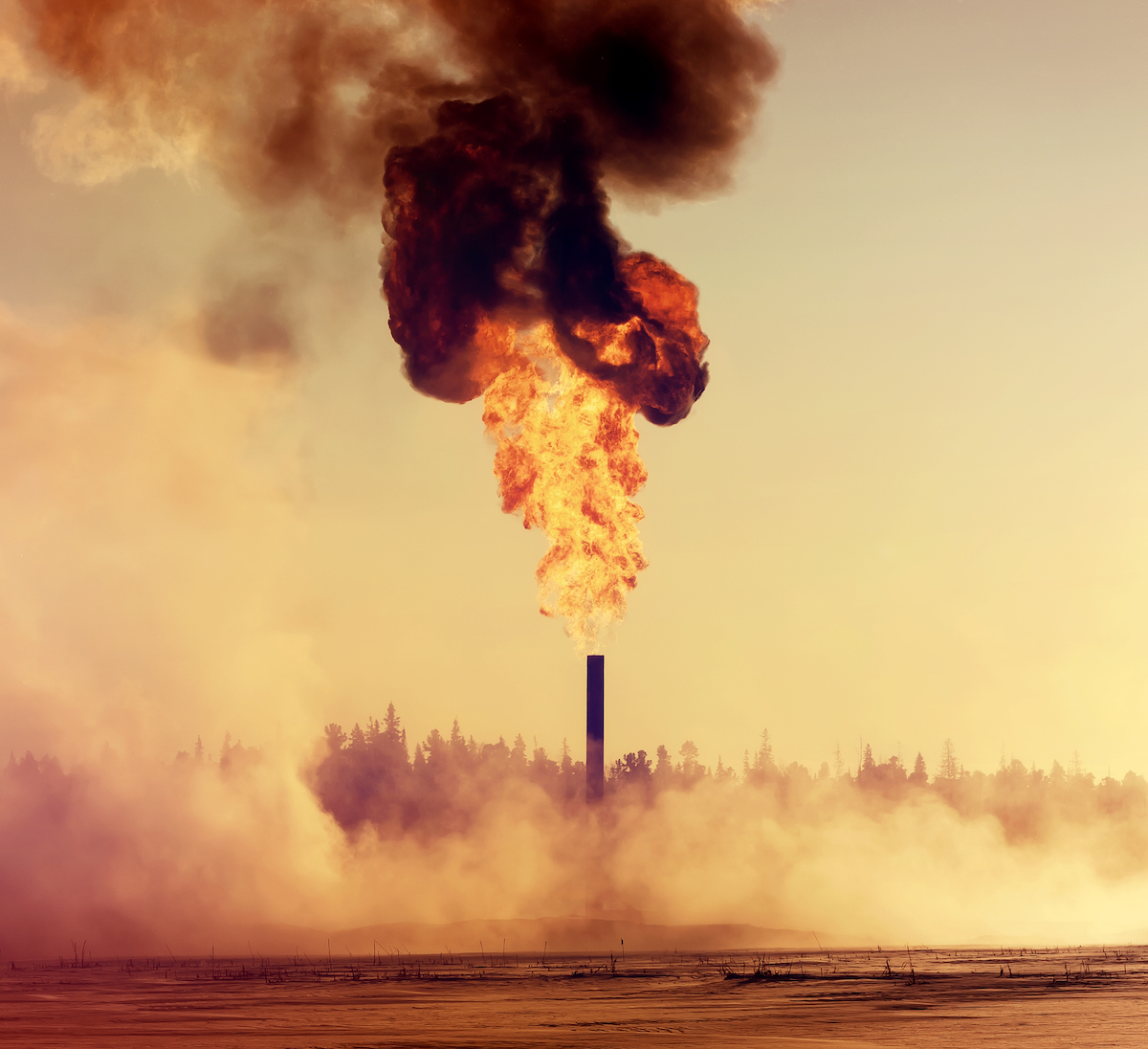Global Gas Flaring Hit Highest in Over a Decade in 2019 — World Bank
(Reuters) — Global gas flaring increased to 150 billion cubic meters (bcm) in 2019, the highest level in more than a decade, primarily due to increases in the United States, Venezuela and Russia, the World Bank said on Tuesday.
Gas flaring in fragile or conflict-affected countries climbed from 2018 to 2019, in Syria by 35% and in Venezuela by 16%, the World Bank report said.
Flaring was up 23% in the United Sates, and 9% in Russia.
The top four gas flaring countries - Russia, Iraq, the United States, and Iran - continue to account for 45% of all global gas flaring, for three years running (2017-2019), the World Bank said.
However, gas flaring fell by 10% in the first quarter of 2020, with declines across most of the top 30 gas flaring countries, it added.
"The current COVID-19 pandemic and crisis brings additional challenges, with sustainability and climate concerns potentially sidelined," said Christopher Sheldon, practice manager in the Energy & Extractives Global Practice, World Bank.
Related News
Related News

- Keystone Oil Pipeline Resumes Operations After Temporary Shutdown
- Freeport LNG Plant Runs Near Zero Consumption for Fifth Day
- Biden Administration Buys Oil for Emergency Reserve Above Target Price
- Mexico Seizes Air Liquide's Hydrogen Plant at Pemex Refinery
- Enbridge to Invest $500 Million in Pipeline Assets, Including Expansion of 850-Mile Gray Oak Pipeline





Comments